The Pomeranian is a breed of dog of the Spitz type that is named for the Pomerania region in Germany and Poland in Central Europe. The Pomeranian is a small, toy-sized dog. It’s Cute, feisty and furry, poms are intelligent and loyal for your families.
Pomeranian Content overview
- History
- Different names
- Appearance and Characteristics
- Personality and Temperament
- Health & problems
- How to take care
- Puppy Information
- Puppy price
- Things to consider adopting a puppy
- Advantages & Disadvantages
- Photo gallery
History of Pomeranian
The Pomeranian, also known as the Zwergspitz and commonly called the Pom, descends from Spitz-type sled dogs of Iceland. The breed has been made popular by a number of royalty owners since the 18th century. Queen Victoria owned a particular small Pomeranian and consequently the smaller variety became universally popular.
Origin: Germany, Poland
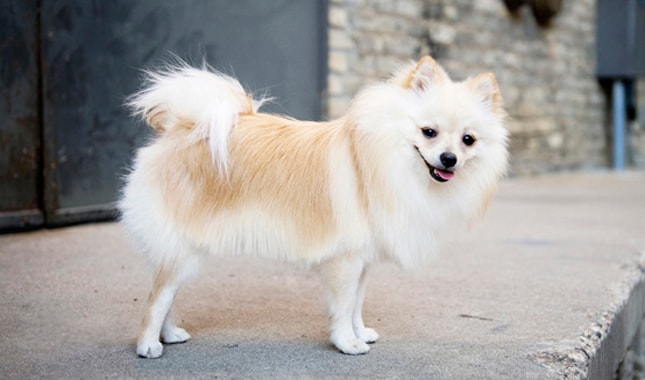
The breed is thought to have acquired its name by association with the area known as Pomerania, which is located in northern Poland and Germany along the Baltic Sea, but this was most likely where it was bred down to size.
The first breed club was set up in England in 1891, and the first breed standard was written shortly afterwards. The Pomeranian has been among the most popular dog breeds in the United States, featuring consistently in the top 20 of registered AKC dog breeds since at least 1998.
Glen Rose Flashaway won the Toy Group at the Westminster Kennel Club Dog Show in 1926, the first Pomeranian to win a group at Westminster. The American Pomeranian Club held its first specialty show in 1911. Today’s pom will excel not only in the conformation show ring, but also in obedience, agility and other performance disciplines.
Different names or Types
All names
- Dwarf Spitz
- Zwergspitz
- Loulou
- Pom
- Pom Pom
- Spitz Nain
- Spitz Enano
- Zwers
Recognized Names
Recognition
- United Kennel Club – UKC
- National Kennel Club – NKC
- Kennel Club of Great Britain – KCGB
- New Zealand Kennel Club – NZKC
- North American Purebred Registry, Inc – NAPR
- Canadian Kennel Club – CKC
- Dog Registry of America, Inc – DRA
- American Canine Registry – ACR
- Continental Kennel Club – CKC
- American Canine Association, Inc – ACA
- American Pet Registry, Inc – APRI
- Australian National Kennel Club – ANKC
- American Kennel Club – AKC
Appearance & Characteristics
Breed basic characteristics of Pomeranian
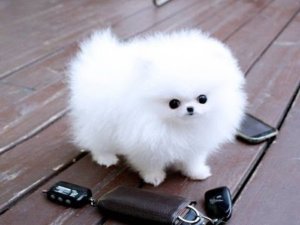
White pomeranian puppy@YouTube
Breed Type: Purebred
Origin: Germany, Poland
Size: Pomeranians are 7 to 12 inches tall and weigh 3 to 7 pounds. Some litters have puppies that are throwbacks to the days when they were larger and grow to be 12 to 14 pounds or more.
Lifespan: 12 to 16 years
Trainability: Level of ease in learning something new and a willingness to try new things.
Friendliness:
Exercise Needs: Daily and little exercise.
Energy Level:
Grooming:
Protective Ability:
Hypoallergenic Breed: No
Space Requirements: House with Yard
Compatibility With Other Pets:
Litter Size: 1 to 5 puppies
Height/Weight
Height: 8 to 12 inches
Weight: 3 to 7 pounds
Sound
Behavior
Pom puppies are adorable, fluffy little bundles, but don’t be misled by their looks. They are NOT docile little stuffed toys, who will sit quietly on your lap
Size, Proportion, Substance
Size:
Poms are one of the breeds with the smallest average litter size. Pomeranians are small dogs weighing 1.9–3.5 kilograms and standing 5.0–11 inches high at the withers.
Proportion:
Substance:
Serious Faults:
Head
Head is in balance with the body, when viewed from above, broad at the back tapering to the nose to form a wedge.
Skull:
Muzzle: The short muzzle is straight and fine.
Eyes: Eyes dark, bright, medium sized, and almond shaped; set well into the skull with the width between the eyes balancing the other facial features.
Ears:
Teeth: The teeth meet in a scissors bite.
Serious Faults:
Neck, Topline, Body
Neck: Neck is set well into the shoulders with sufficient length to allow the head to be carried proud and high.
Topline: Topline is level from withers to croup.
Body: Body is compact and well-ribbed. Chest – oval tapered extending to the point of the elbows with a pronounced Prosternum Back short coupled, straight and strong.
Serious Faults:
Forequarters
Shoulders: well laid back. Shoulder blade and upper arm length are equal.
Forelegs:
Front Feet: round, tight, appearing cat-like, well-arched, compact, and turn neither in nor out, standing well up on toes.
Hindquarters
Angulation balances that of the forequarters. Buttocks are well behind the set of the tail. Thighs – moderately muscled. Upper thigh and lower leg length are equal. Stifles – strong, moderately bent and clearly defined.
Rear Legs:
Hind Feet:
Tail:
Coat
The Pomeranian is a double-coated breed. The body should be well covered with a short, dense undercoat with long harsh-textured guard hair growing through, forming the longer abundant outer coat which stands off from the body
Winter Coat:
Summer Coat:
Shedding:
Color and Markings
Coat Color and Markings
The coat is longer around the neck and chest area. Comes in a variety of coat colors and patterns, including red, orange, white, cream, blue, brown, black, black and tan, wolf sable, orange sable, brindle and parti-color, which is white with colored markings.
Gait
Pomerarian dog costumes
Personality and Temperament
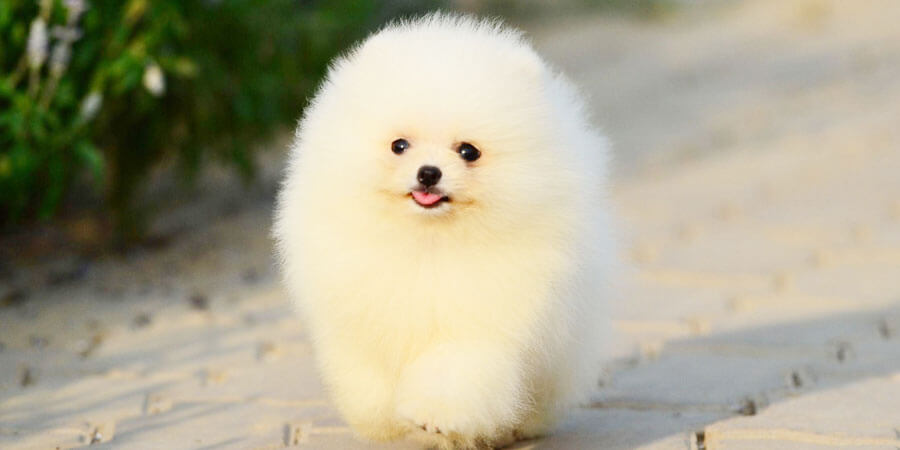
smallest pomeranian photo@dogbreedslist.info
Personality of Pomeranian
The Pomeranian has a proud and glamorous appearance with a personality to match. They are curious dogs, alert and interested in everything that is going on around them. The adorable little dogs with the dark, almond-shaped eyes and alert, happy expression are tiny but the intrepid. They have a take-charge temperament and tend not to be fearful of strangers or other animals.
The perfect little pom is calm and easy to live with. He enjoys sitting in your lap and giving kisses. He is busy, but doesn’t bounce off the walls. They love to be the center of attention, and have been known to behave mischievously in order to garner the attention they crave. The poms are very well suited for active seniors who can devote all of their time and energy to their dog.
Temperament
The Pomeranian is a proud, lively little dog. It is intelligent, eager to learn, very loyal to its handler and family. Pomeranians are alert and aware of changes in their environment, and barking at new stimuli can develop into a habit of barking excessively in any situation. Temperament is affected by a number of factors, including heredity, training, and socialization. Puppies with nice temperaments are curious and playful.
Activity Requirements
Pomeranians need to keep their minds active. They are smart dogs and if left to their own devices will get into mischief, so to keep them happy many owners enroll their Pomeranians in agility training to keep both mind and body in tip top shape.
Pomeranians will live with happiness in homes of all sizes. They’re sufficiently small to measure in flats or condos, however active enough to flourish in an exceedingly giant home. They must be walked daily to burn off energy, and this helps maintain temperament. They get pleasure from running.
Behavioral Traits
Pomeranians bark at everything and everybody and it can be difficult to train this tendency out of them. Socialization and proper exercise can help. Pomeranians are not recommended for families with small children. They are possessive of their toys and food and can snap or bite toddlers who do not understand how to respect a dog’s boundary.
Pomeranians bark at everything and everybody and it can be difficult to train this tendency out of them. Socialization and proper exercise can help, but the consensus among Pom owners is that this is a happy dog and patience is required to own one.
Trainability
Spitz Nain is notoriously difficult to train. They like to be the boss and don’t take kindly to someone telling them what to do. Early socialization is also important in raising a well-mannered Pomeranian. They are naturally standoffish around strangers, and this can easily get out of hand and become fearful or even aggression. They are spry little dogs who like to use their brains, and while they can be stubborn they will eat up the extra bonding time with you, and will enjoy the physical exercise.
Pomeranians are highly intelligent, they generally are easy to train. They also tend to be good show dogs because they are well-behaved and eager to perform the actions their owners want them to.
Health & problems
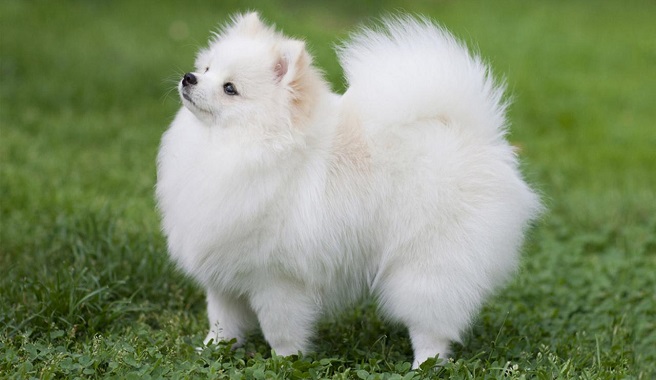
Health
Most Poms live long, healthy lives, but they can be affected by many of the health problems common to toy dogs, such as a collapsing trachea, which causes respiratory problems and makes wearing a collar difficult. A well bred dog on a good diet with appropriate exercise will have fewer health problems and, if kept trim and fit, a Pomeranian is a sturdy dog
Best food for Pomerarian
Feeding Plan
As a toy dog expected to live 16 years or more, the Pomeranian will need approximately 1/4 to 1/2 cup of dry dog food daily. Proper nutrition is necessary for the dog to grow and thrive. Feed your new pup at least 3 times a day, maybe even 4 times if that fits with your schedule because your Pom puppy is so small, it’s vitally important that the food she eats is of the highest quality, and provides all the nutrients her growing body needs
Living conditions
The Pomeranian is an ideal apartment dog, as it is not recommended for living outdoors due to its size and despite moderate tolerance to heat and cold. Sharing space with its family is best for this breed.
Health Problems
The average life span of the Pomeranian is 13 to 15 years. The breed does have similar health issues to many dog breeds, although some issues such as collapsing trachea, hypothyroidism, elbow luxation, shoulder luxation, patellar luxation, hydrocephalus, entropion, cataracts, generalized progressive retinal atrophy, cryptorchidism and patent ductus arteriosus.
Common health problem
Epilepsy: Some Pomeranians develop epilepsy and have seizures. If your Pom has seizures, take him to the vet to determine what treatment is appropriate.
Tracheal collapse: is caused by a weakening of the tracheal rings in the windpipe. It occurs when the rings that normally hold the shape of the windpipe collapse, closing the airway.
Hip Dysplasia: Hip dysplasia occurs occasionally in Pomeranians. Many factors, including genetics, environment and diet, are thought to contribute to this deformity of the hip joint.
Luxating patella: is another health issue in the Pomeranian breed. It occurs when, through either malformation or trauma, the ridges forming the patellar groove in the knee are not prominent and are too shallow to allow the patella to properly sit securely.
How to take care of Pomeranian
Exercise needed
Exercise is a great way to keep your dog healthy and within the recommended weight range. The Pom is an indoor dog, outdoor activity is important. The Pomeranian is a small but energetic breed of dog. Although Pomeranians benefit from frequent attention, they need relatively little exercise.
Pomeranian does best with two walks per day, at a pace that is brisk for the Pom, and for a duration of at least 20 minutes. If you have taken proper seasonal steps to stay safe, walks can extend out to 30 or even 40 minutes. The Pomeranian is an active companion dog and to maintain good health, the proper amount of exercise must be offered on a daily basis.
Grooming & Bruising
Proper grooming not only infuses a healthy glow to your dog’s appearance, but also helps develop his self-esteem. The Pomeranian has a double coat, with the undercoat consisting of thick, soft fur that supports the topcoat of straight coarse-textured fur. Pomeranians should be brushed every other day and when in a high shed, every day. If not, tangles can quickly develop.
Brushing has been universally acknowledged by expert dog groomers as the single most important step in grooming. Regular brushing untangles the matted hairs on your Dog’s coat. Since this is a risky job to do
The benefits of brushing are many. To name a few:
Better blood circulation
Shinier and healthier coat
Better bonding
Dental Health check up
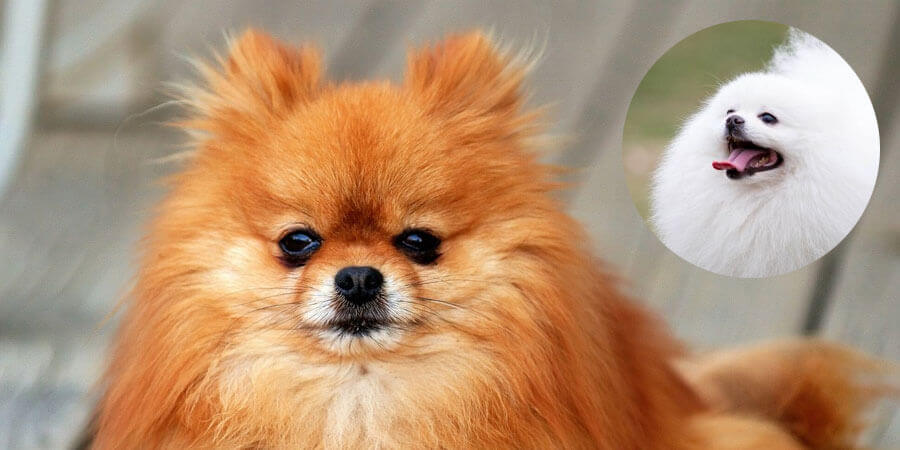
Pomeranian dog photo@dogbreedslist.info
Dental disease is one of the most common chronic problems in pets who don’t brush their teeth regularly. Unfortunately, most dogs don’t take very good care of their own teeth. Dental health checkup is a most important for every pet similarly it very important for a Pomeranian. If you want to adopt this dog, then it is very important to take care of his teeth. Brush your dog’s teeth at the same time every day, making their daily routine training very easy.
Dental care: Pomeranian often has serious problems with their teeth, so you’ll need to brush them at least three times a week.
Love & affection
Love and affection are useful for every dog. If you give a love and affection to your Pomeranian than the dog will love you back. Your Pomeranian will be a member of your family, So Give lots of love and affection for your cute puppy. Most importantly, spend time with your dog because that your dog needs love and affection.
Feed Healthy food
Proper feeding is vital to your dog. When you first bring your Pomeranian home, it is very important that no matter which brand of dog food the foster family was feeding, make a slow change over to the food that you wish to give to your Pomeranian.
Pom pups are so tiny, a fast change is not healthy. However, you are going to want to get your Pom onto the food that you choose. It is recommended to choose your method of manufactured food or homemade food.
Pomeranian puppy information
Pomeranian puppies for sale
Finding the right pup is a tough job. But PuppyFind offers a convenient and efficient means to choose and buy the perfect Pomeranian puppy from the comfort of your home and PuppyFinder.com is your ideal source for sale, finding an ideal Pomeranian puppy for adoption.
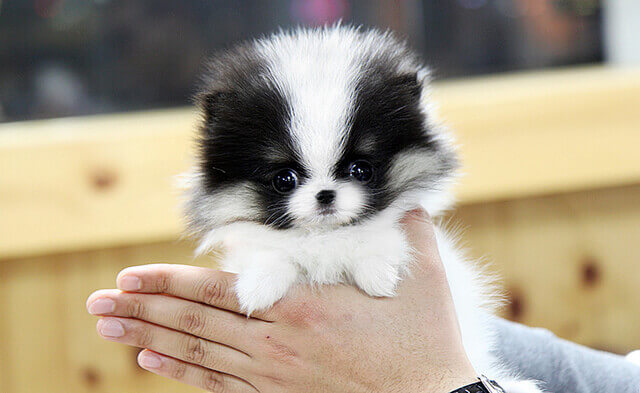
teacup pomeranian picture @teacuppomeranians.net
The Pomeranian is a breed in the Toy Group known as a spunky, smart companion with a face that resembles a fox.
Pomeranian puppy Training
Here we will be providing information about how to train your Pomeranian puppy so read this article carefully and enjoy with your lovely puppy.
Puppy training is a most important part of the any pet or any dog breed. Usually the Pomeranian is very easy to train because it’s very intelligent and loyal dog breed. Training a dog breed can be a bit difficult. But it is very important to train any dog. So today we will tell you different ways of training from which you can easily train your cute Pomeranian puppy.
Training crate
Poms are clean dogs, and most Poms pick up housetraining quite naturally. Puppy crate training is a great way to manage the safety and well-being of Pomeranian puppies. Crate training is one of the most important things you can do for your new dog. Crate training is an excellent method to keep your puppy safe from the dangers of your home or outside world as well as provide invaluable obedience.
Behavioral training
Behavioral training is a very important for any dog. At some point in time all of us dog owners need to administer some dog behavior training. Behavioral training is a very helpful for taking care of the dog. First of all, if you want to train your Pomeranian puppy to Behavioral training so find out some common behavioral issues like briking, aggression, food guarding, howling, mouthing and chewing, separation anxiety, etc and stop this behavioral issues and train your dog easily.
Obedience training
This is a one of the basic and most important training for any dog. There are 3 methods of training that we use with your Maltese-Poodle, all begins with a strong foundation in the core 5 obedience commands: come, sit, stay, heel, down. Every dog should know these 5 basic obedience commands Because it is very necessary for obedience training.
Puppy price

cut pomeranian photo@Puppy Toob
Average price for selected breed is $700 USD. If you choose to adopt, expect adoption fees to cost about $175 USD.
Find a breeder
You can find here Kennel Club Assured Breeders for Pomeranian
Pomeranian rescue group
- Pomeranian Club Rescue: American Pomeranian Club
Breed Club Rescue Email: Rescue@AmericanPomeranianClub.org - Southern California Pomeranian Rescue
14252 Culver Dr. A-281 Irvine, CA 92604, socalpomrescue@coapc.com - Nor Cal Pom Rescue, Inc.
E-Mail: NorCalPomRescue@gmail.com - Recycled Pomeranians
Dallas / Houston TX area, info@recycledpomeranians.com
Things to consider adopting a Pomeranian
- They are Hard Workers Who Pull Sleds and Herd Animals.
- They are Vicious Poms are, though, related to wolves. Like malamutes and Akitas, Poms are a Spitz breed, or a breed of dog with wolfish characteristics and it’s very vicious dog breed.
- They’re Not Exactly Kid-friendly.
- They are Suspicious Little Buggers
Advantages of Dog
- Pomeranians don’t need a lot of space and make great apartment dogs.
- Pomeranians are cute, and are known as a big personality in a little dog.
- They are cheaper to feed, house, and medicate than larger breeds.
- Pomeranians are small and easily meet size limitations for airplanes and hotels
Disadvantages of Dog
- Pomeranians can be injured by other animals, including some birds
- Pomeranians are fragile and can be seriously injured
- They shed a lot and require daily grooming
- Pomeranians aren’t good for households with small children who may handle them roughly
Photo gallery
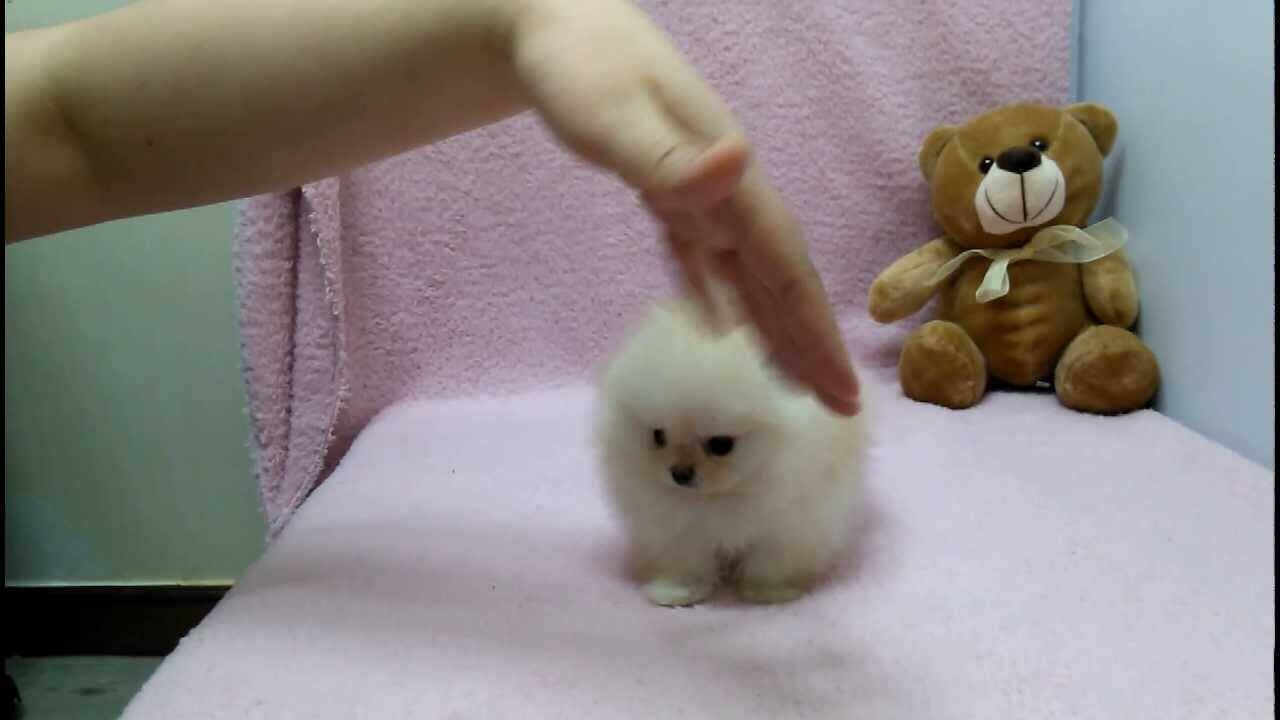
micro pomeranian puppy photo@YouTube
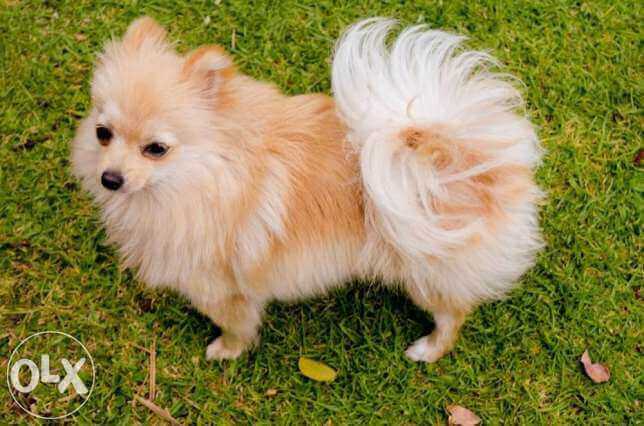
pomeranian puppies for sale@olx.co.za
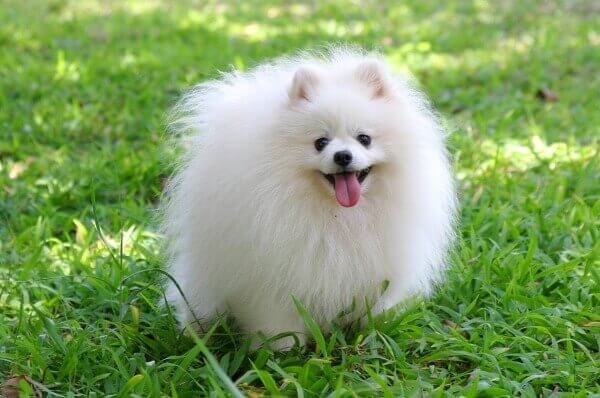
pom puppy photo@tip.daum.net
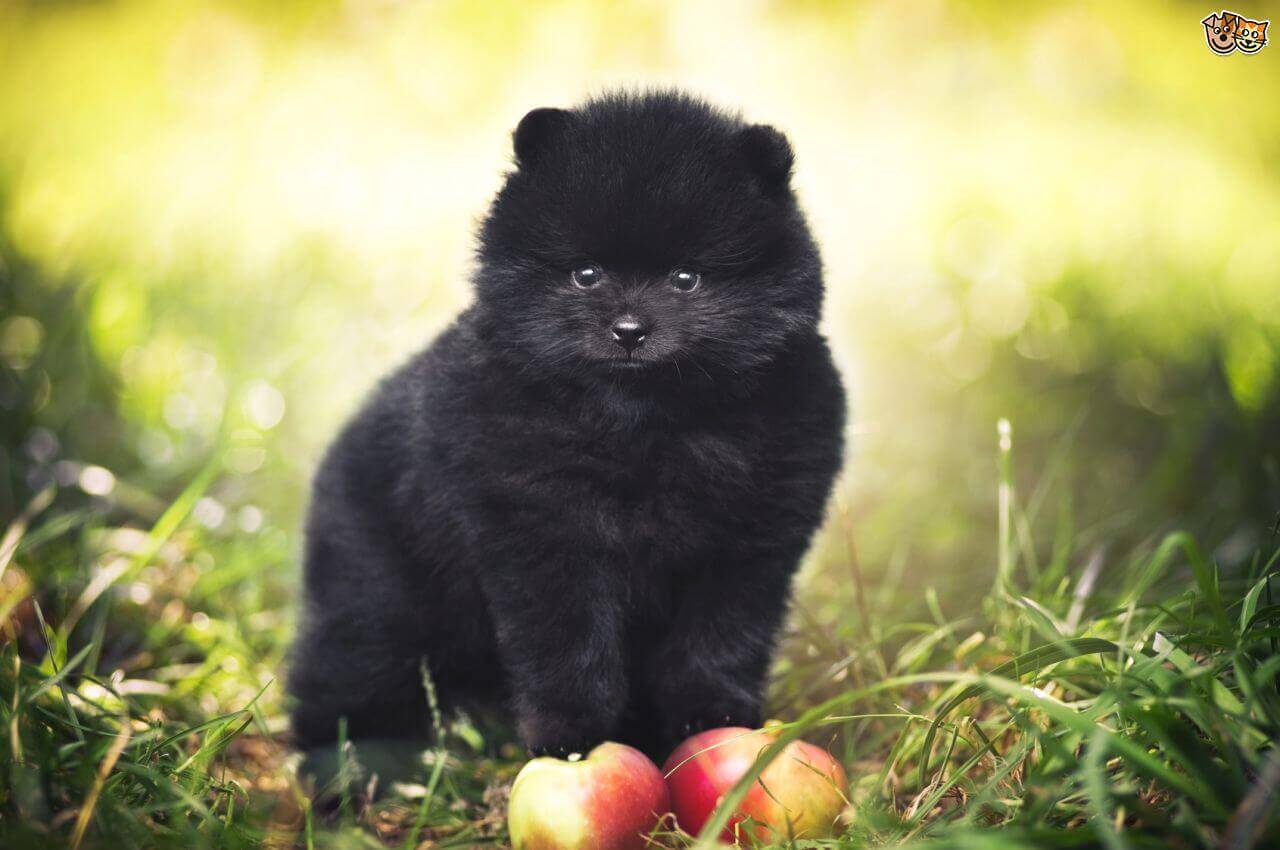
Black pomeranian@pets4homes.co.uk
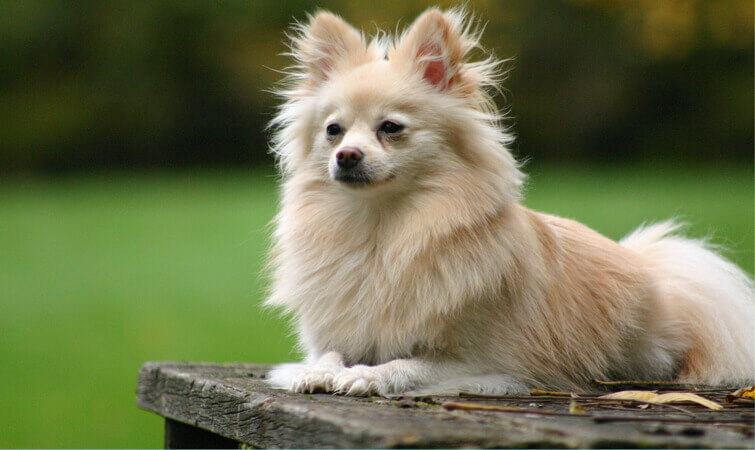
Pomeranian Cutest Dog Breeds@Petsworld
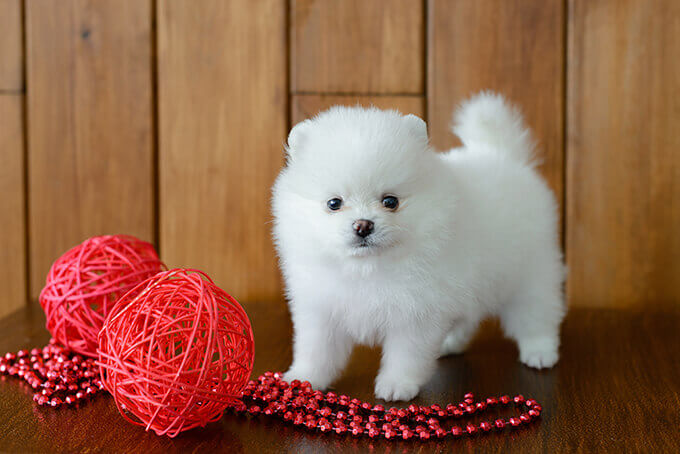
pomeranian puppy photo @Dogtime
Upload best Photos of your dog and we will show your dog photos in our Dog Gallery.
Submit your dog Photo
Click here to see more photos
Done. I tried to include maximum information in this post. Please like and share if you like this post. If you have any information about Pomeranian, then send me via the contact form or comment below.
If you love to read information about various dog breeds, keep reading more posts here and take a look at most popular dog breeds 2017
References:
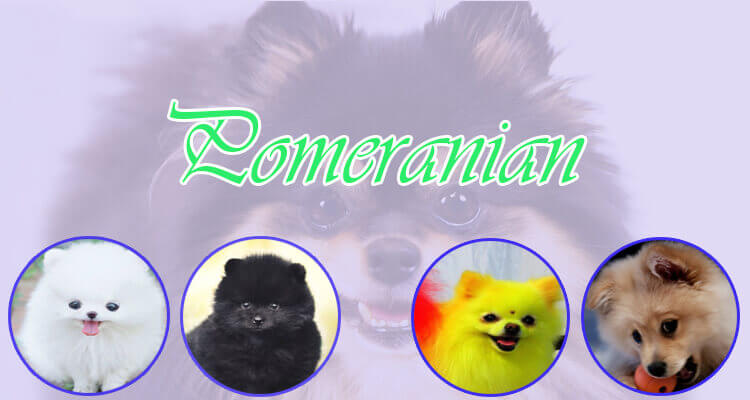
It is in point of fact a nice and useful piece of info. I am happy that you simply shared this helpful info with us. Please keep us informed like this. Thanks for sharing.